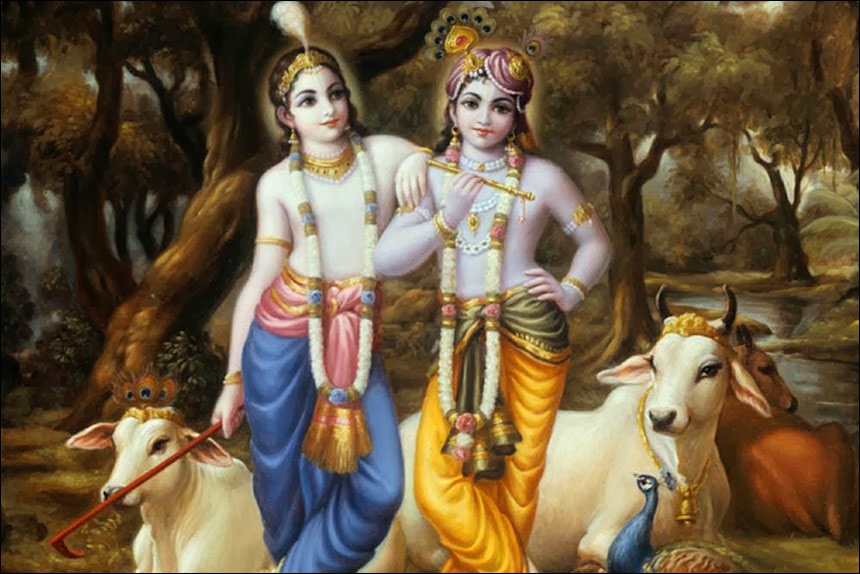Lord Sri Krishna and Balarama are not avataras of black and white hairs of Lord Vishnu

From Sri Tattva Sandarbha of Srila Jiva Goswami
Objection:
Is it not so that (Krishna and Balarama), who appeared in the Yadu dynasty, are incarnations of a black and white hair of Lord Vishnu. This is clearly described in Shrimad-Bhagavatam (2.7.26):
“When the world is overburdened by the fighting strength of kings who have no faith in God, just to diminish the distress of the world, a black and white hair of the Lord incarnate on the earth. To expand His transcendental glories the Lord acts extraordinarily. No one can properly estimate how great He is.”
Many translators have interpreted the above verse of Srimad Bhagavatam, a verse from Vishnu Purana and Mahabharata to mean Lord Krishna and Balarama are incarnations of black and white hairs of Lord Visnu respectively.
Refutation:
(To this objection I (Srila Jiva Goswami) reply:) O, don’t interpret this verse in that way. Please listen and I will now give the proper interpretation of the verse. The word “kalaya” means with great artistry”, “sita” means “bound”, and “krishna” means “very dark”. The compound word “sita-Krishna-kesha” means “He whose beautiful black hair is neatly tied”. The word “kalaya” indicates that Lord Krishna was the most expert of all artists.
Note: The entire verse may then be interpreted in the following way:
“When the world is overburdened by the fighting strength of kings who have no faith in God, the Lord, just to diminish the distress of the world, descends in His original form, with beautiful black hair neatly tied on His head. The Lord is the most expert of all artists, and just to expand His transcendental glories, He performs many graceful and extraordinary pastimes. No one can properly estimate how great He is.”
The word “kalaya” may also be interpreted to mean “with His plenary portion”. If this meaning is accepted the verse may be interpreted in the following way:
“Lord Krishna, the Supreme performer of pastimes, has beautiful black hair. He descended to the material world, accompanied by His plenary portion (kalaya).”
[Note: That Krishna appeared with his planary portions will be explained later in detail with scriptural references as it is big topic ]
In the Vishnu-dharmottara Purana, Markandya Muni describes to Maharaja Vajra (the king’s) father, Aniruddha, who appears on the ocean of devastation:
Vajra’s question: “Who is the person in the form of a child that again and again you see at each millenium’s end? I do not know, and I am very eager to know.”


